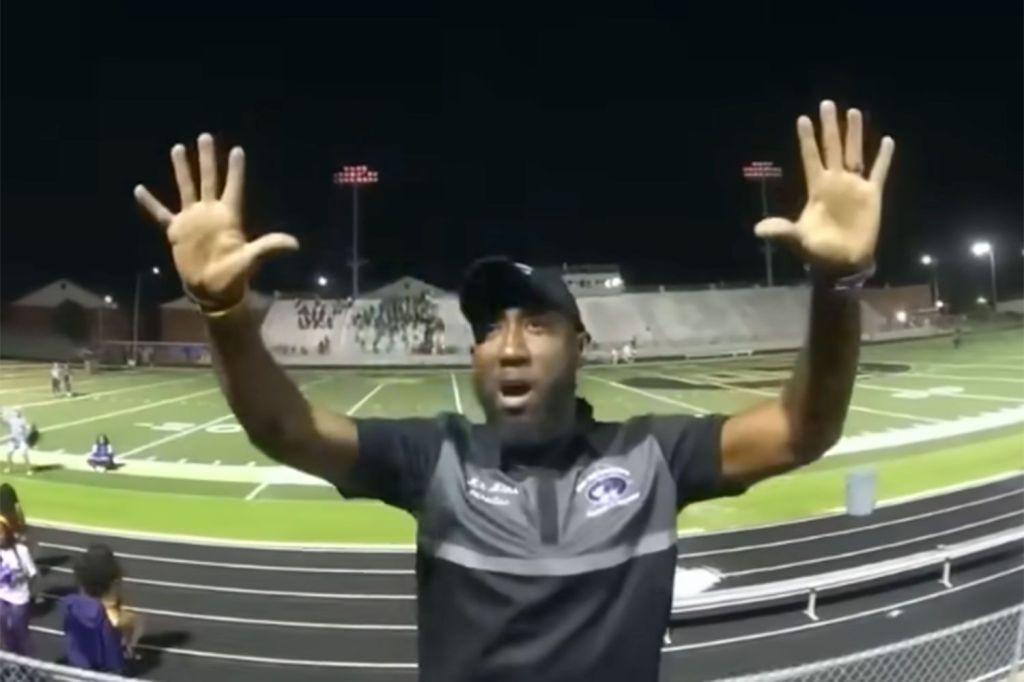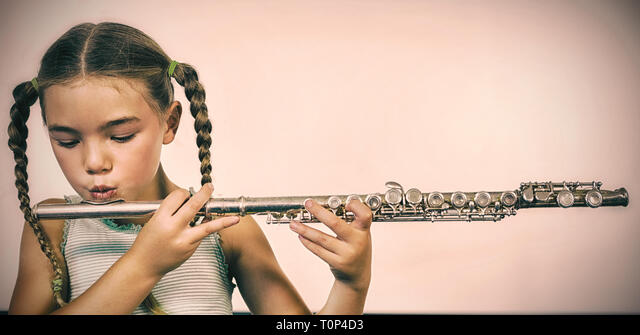Confession: I have never been a huge fan of school sports programs.
Mostly, this stems from 30+ years of being a school band director, and the various slings and arrows sent my way (and toward my student musicians) by irrational coaches and egotistical student athletes.
Maybe I should expand my confession, to something like this: School sports have the potential of great benefits for students, in terms of their physical health and confidence. Kids can learn how to be both good winners and good losers and fill their after-school time in worthwhile ways. When this happens, school sports are a bonus for both student athletes and the student body. But (and this is a big but)—school sports also have the potential to do great harm. They can impair health, destroy fledgling confidence, and suck up more than their share of resources for a small subset of students.
Also—for all of the potential problems in school programs, when sports are made free for all students they offer kids a platform for growth that is not available elsewhere and can build community within a school district.
Several summers ago, my family hosted a French foreign exchange student. Our summer daughter, Elodie, was an accomplished and award-winning gymnast. During the time she was with us, my district opened a brand-new middle school. We went for a visit, as the physical education teacher was inventorying new equipment, ordered as part of the bond issue. Elodie was stunned at the parallel bars, balance beam and rings—and so much more– and wondered who would be using this equipment. Standing in the middle of the new gymnasium, she asked if all the school buildings in our little town had a gym—yes. All seven of them, including four elementary schools.
On the way home, she noted that none of the public schools she’d attended had a gymnasium. Her gymnastics career was accomplished in a for-pay local gym, with for-pay coaches. As were all sports played by secondary students in France. My friends all do sport, she said—but not at school.
It didn’t seem like the right time to comment on the costs of HS football stadiums in Texas.
The biggest problem with school sports is that they’re not what they used to be. The era of the three-sport, varsity-letter high school athlete, and the math-teacher coach urging students to go out for cross country to stay in shape for basketball is fading, supplanted by expensive private travel teams and “professional” coaches, for those who can afford them.
Jessica Grose had a great piece in the NYT last month: Why So Many Kids are Priced Out of Youth Sports. Grose notes that private youth sports are now a $30–$40 billion dollar industry, and the pandemic has made things worse, with parents now feeling that their kids have “fallen behind”—seriously– in their potential sports careers:
According to the Aspen Institute’s Project Play, in fall 2022, the average amount spent on a single child’s primary sport per season was $833. For families with household incomes at or above $150,000 a year, the average is $2,068. No wonder that around half of those who’ve played or have children who’ve played youth sports say they’ve struggled to pay for it, according to a 2023 Project Play report. That doesn’t even address the difficulty parents have getting their kids to practice, particularly in families where all the adults work outside the home. The difference between the haves and have-nots when it comes to youth sports are bracing: 34.1 percent of kids from the poorest families were on sports teams or had coaching outside of school, compared with 67.7 percent of the wealthiest families, according to the 2020-2021 National Survey of Children’s Health.
I recently dropped into a conversation between several parents of student athletes. All of them were part of the Athletic Boosters organization for a mid-sized school. They were talking about how to best use the funds they were raising (which seemed like a lot of money to this retired band director, whose entire career and school programs were accomplished via fund-raising).
One of the suggested uses of the money was to allow all students in the district to take part in sports without having to pay to play. In Michigan, only 41% of schools currently charge for participation in sports—down from 57% in 2013-14, but that’s still a lot of student athletes having to come up with some scratch to do something that ought to be offered free to all kids.
It was heartening to know that the parents in this group included some very good athletes, including my niece Ashley, a full-ride volleyball player at Kent State, now a mom of three budding athletes. All of these folks saw the benefit of a school sports program open to all students and were willing to raise the cash to make that happen. Thumbs up.
When you boil this down, however, it’s just another question of resource allocation in public education.
If school sports are good for kids, they need to be based on the right values and funded in a way that provides benefits to students across the board, from wealth or poverty, with elite-level skills or just a good attitude and willingness to learn.
When kids drop out of school programs, in favor of private instruction and competition, it weakens public education. It has an impact on parent support for all the things a public school is supposed to offer—quality academics, the arts, a safe and welcoming facility, and a range of extra-curriculars.
The number of public schools struggling to keep programs afloat ought to be a national embarrassment.









